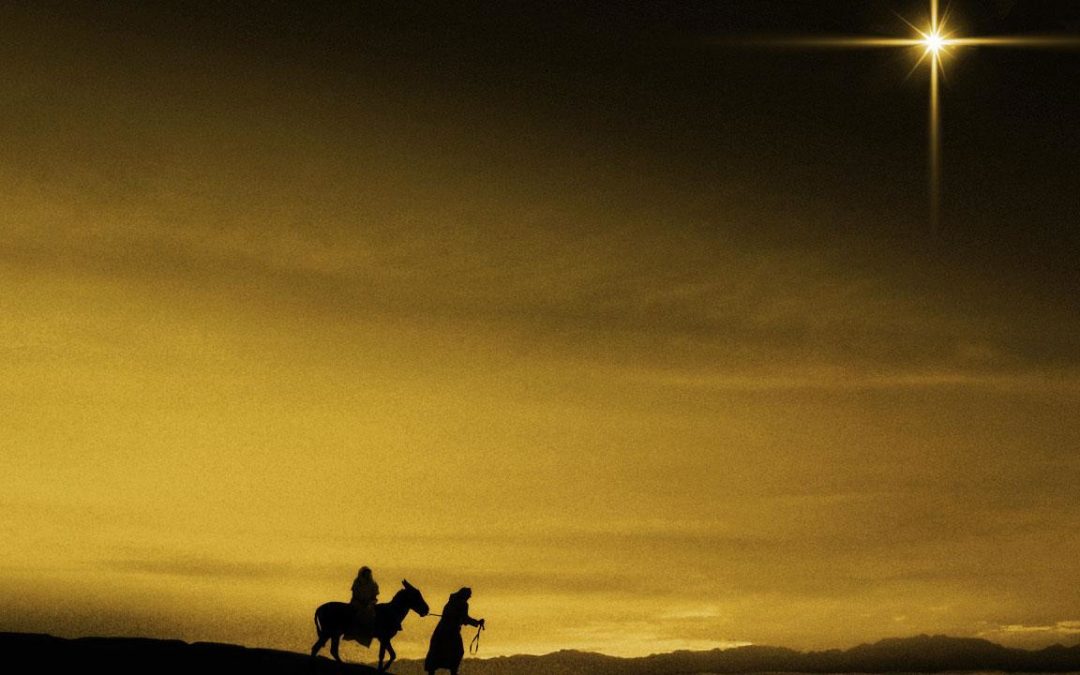An op-ed in The Australian on Christmas Eve (12/24/18) referenced a recent lecture by the American scholar George Weigel who ‘argues that Christianity, including the values highlighted at Christmas, has an important role to play in revitalizing democratic, market-oriented societies’. The article continued, ‘These are struggling on both sides of the Atlantic and elsewhere, including Australia, producing unrest, instability and disillusionment.’
‘If free politics and free economics are to produce a genuine human flourishing, Weigel says, the strength of the public moral culture, flourishing institutions that earn public confidence and a concern for the common good are vital. Christmas offers a chance to reflect on such issues and to take stock of the bigger picture…’
While it is not my purpose here to explore the relationship between Christianity and politics and a free-market economy, it is worth noting that the article is similar to a number of articles this year that call for a reawakening of the meaning and application of the Christmas story. Articles like this invite us to focus on the themes of the poverty and weakness, the love and compassion embedded in the birth of Jesus – all of which are true. But they are not nearly the full story of God coming in person to rescue us.
Indeed, as we reflect on the Gospel accounts of Jesus for our own benefit, it is also worth thinking through unexpected ways we can weave the larger story of Jesus’ birth into our conversation. It’s worth keeping in mind the surprising way God works and the diversity of people his plan includes – non-Jewish peoples as well as Jewish.
Consider, for example, Matthew’s account of the Magi who visited the baby Jesus from afar to bring him gifts and worship him. In Matthew 1 we learn that Jesus was born in Bethlehem, the town where Jacob had buried Rachel and where King David was born. Known from that time as the City of David, the prophet Micah spoke of Bethlehem as the place where God’s Messiah would be born (Micah 5:2).
The legends that have developed around the magi from the East following a star and visiting the baby Jesus in Bethlehem shroud the veracity and the surprise of Matthew’s account. There is no mention in Matthew of the number of the wise men who visited Jesus, and we are not told whether they were kings. Furthermore, we are not told their names. Who then were these people who travelled so far?
The Magi were a tribe of priests in ancient Persia and were known for their study in astrology – making predictions from the stars. In the ancient world the movement of the stars and the planets was understood to frame the orderly pattern of the universe. Any interruption to this was seen to mark some new significant event that would impact the human story.
Piecing together astronomical studies of the past, it seems that the Magi observed a conjunction of Saturn and Jupiter that occurred in 7BC around the time Jesus was born. In an age before telescopes, the conjunction would have given the appearance of a very bright star which some of them followed. Coming from Persia where the Jewish people had been in exile in the 6th century BC they would have known the Jewish Scriptures which include the prophecy of Balaam in Numbers 24:17: I see him, but not now; I behold him, but not near: a star shall come out of Jacob, and a scepter shall rise out of Israel;…
The conjunction of Saturn and Jupiter occurred three times in in 7BC, suggesting that when it had first appeared the Magi travelled westward to Jerusalem, Israel’s capital. Given the distance they would have arrived there about the time of the third planetary conjunction. It was when they were in Jerusalem that they learned of the baby’s birth in Bethlehem – as Micah had foretold.
Matthew tells us, Going into the house, they saw the child with Mary his mother, and they fell down and worshiped him. Then, opening their treasures, they offered him gifts, gold and frankincense and myrrh (Matthew 2:11).
Their gifts were prophetic: gold, a gift for a king – the greatest king lay before them; frankincense, used by the priests – the greatest priest was the one they saw; myrrh, for the burial of the dead – this baby, born to be king would be crowned through his suffering on a cross. Significantly, and to us surprisingly these highly respected, wise, non-Jewish men fell on their knees and worshipped this baby.
At the time when Matthew wrote this Gospel account, non-Jewish peoples from across the known world were coming to the crucified and risen Jesus as their king and savior. Matthew here is highlighting yet another facet of the fulfillment of the prophetic promise concerning God’s King: Nations will come to your light, and kings to the brightness of your dawn… (Isaiah 60:3).
Articles that call for our world to revisit the Christmas story are a fresh illustration of the way Jesus Christ fulfills Isaiah’s words. They give us the opportunity to take people back to the true story revealed in the Gospels. Are you praying for such opportunities and working at ways to use them?
You may want to check out 3 Modules re ‘Outreach’ on the Anglican Connection website. The Modules have been drawn from seminars I have been giving in various cities this year. Here is the link: https://anglicanconnection.com/outreach-christmas-beyond/
© John G. Mason, Anglican Connection
Note 1: Please let me know if you wish to add others to this list.
Note 2: If you wish to be removed from this list, reply with ‘Please remove’ in the subject line.


